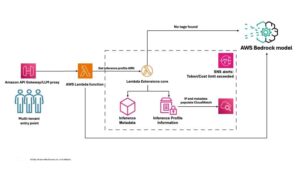Private aerospace company SpaceX has postponed the launch of its powerful Starship launch system and spacecraft until this Saturday, the largest in the world, after suspending the first test flight scheduled for Friday in Texas, USA, to “replace a grid fin actuator.” SpaceX announced last night on Twitter and its website that the launch is scheduled to take place starting at 7:00 local time on Saturday, with a two-hour window.
The US Federal Aviation Administration (FAA) had authorized the launch of the super rocket on Friday this week, considering that SpaceX met all safety, environmental, policy, and financial responsibility requirements.
The Starship will take off on Saturday, if all goes well, from SpaceX facilities in Boca Chica, at the southern tip of Texas, and will be propelled by the first stage of the rocket, the Super Heavy launcher with 33 Raptor engines. The Starship spacecraft and its Super Heavy booster – the most powerful in history – are fully integrated.
The Starship spacecraft, along with the Super Heavy booster rocket – the most powerful in history – measures 121 meters in height, equivalent to more than 35 floors. It is expected that the spacecraft, along with the booster, will reach its orbit and complete an almost complete lap around the planet before ending its journey in the waters of the Pacific Ocean near Hawaii.
The company has made some improvements, including one related to the separation process in which the second stage, the Starship spacecraft itself, will ignite its engines during the separation process, not afterwards, in order to achieve more power.
Changes have also been made to the Starbase launch platform in Texas to mitigate the effects of the first stage engines, as one of the aspects analyzed by the FAA after the first test conducted on April 20. On that occasion, SpaceX successfully launched its spacecraft and rocket, the largest and most powerful ever built, but it exploded before completing the intended trajectory.
NASA is awaiting the results.
The US space agency is closely monitoring the results of this new test flight, as the Starship system will be responsible for taking astronauts on the manned Artemis III mission to the lunar surface, a journey planned for 2025.
The Artemis program, with which NASA will return to the Moon after more than 50 years, includes the Space Launch System (SLS) rocket and the Orion capsule, which were already tested in the unmanned Artemis I mission which orbited the Moon between November and December 2022 before returning to Earth.
According to some specialized media, the US space agency, in a race with China with the Moon as the goal, has invested around $4 billion (€3.6 billion) in the development of the Starship.
According to SpaceX, their goal is to “build a fully reusable transportation system capable of transporting both crew and cargo to Earth orbit, helping humanity return to the Moon, and ultimately travel to Mars and beyond.”
Source: MiMub in Spanish












